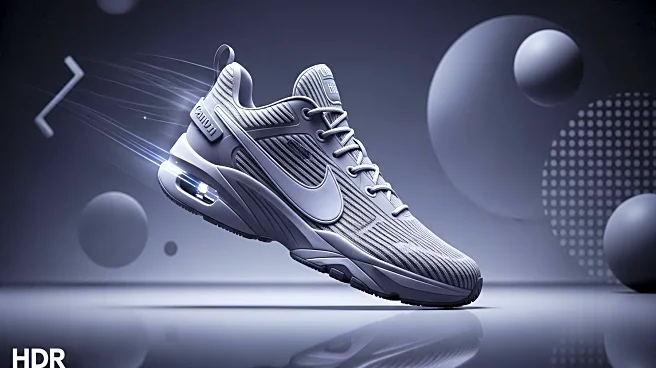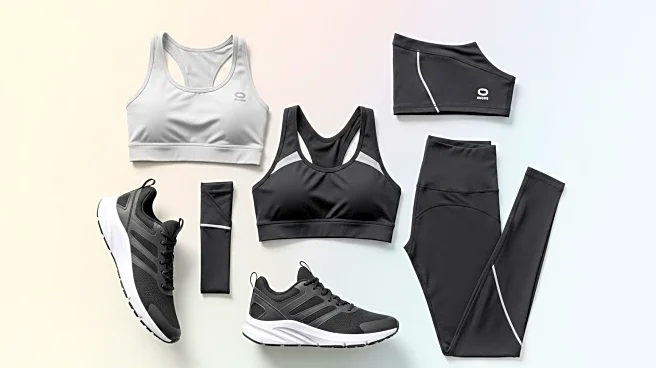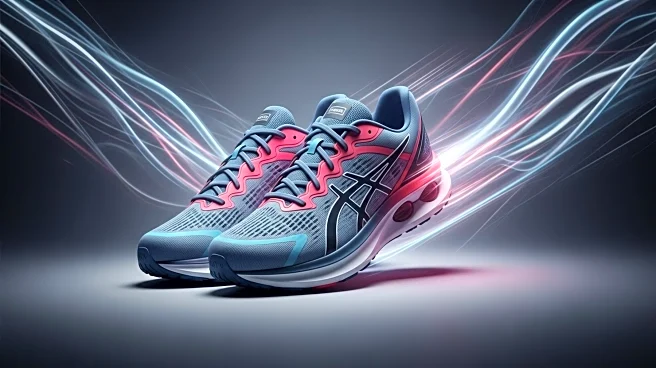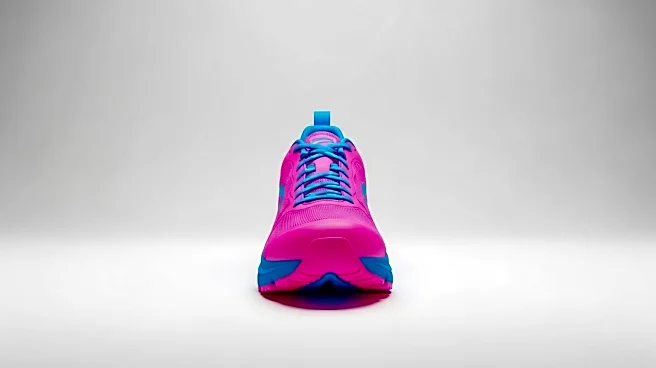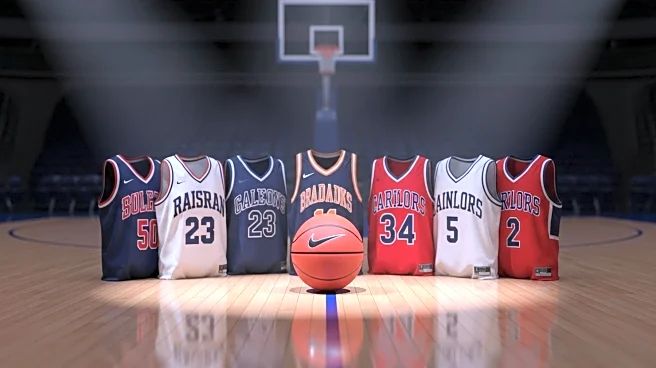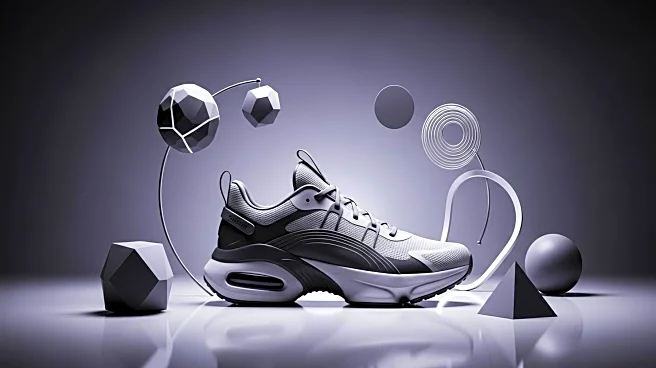What's Happening?
Nike is employing unique shoe testing methods to improve athlete performance and maintain a competitive edge in the sportswear market. The company collaborates with top athletes to refine its products from prototype to final form, as seen with the Vomero Premium and Vaporfly 4% Elite. A key aspect of this process is eliminating athlete bias by using visually subdued prototypes, allowing athletes to focus on performance rather than aesthetics. This approach was instrumental in the development of the Vaporfly 4% Elite, famously worn by Eliud Kipchoge during the Breaking 2 project. Nike's Sport Research Lab conducts in-depth tests, such as VO2 Max, to gather data and tailor footwear to athletes' needs, exemplified by Faith Kipyegon's record attempt with the Victory Elite FK prototype.
Why It's Important?
Nike's strategy to focus on performance-driven design highlights the company's commitment to innovation in the competitive sportswear industry. By prioritizing functionality over aesthetics, Nike aims to enhance athlete performance, potentially leading to new records and achievements. This approach not only strengthens Nike's brand reputation but also sets a benchmark for competitors. The emphasis on data-driven design could influence industry standards, encouraging other companies to adopt similar methodologies. Athletes benefit from customized footwear that optimizes their performance, potentially leading to increased demand for Nike products.
What's Next?
Nike is likely to continue refining its testing methods and expanding its collaborations with athletes to further enhance product performance. The company's focus on innovation may lead to the development of new technologies and materials, setting trends in the sportswear market. As Nike releases new products, consumer and athlete feedback will be crucial in shaping future designs. Competitors may respond by adopting similar strategies or introducing their own innovations to capture market share.

